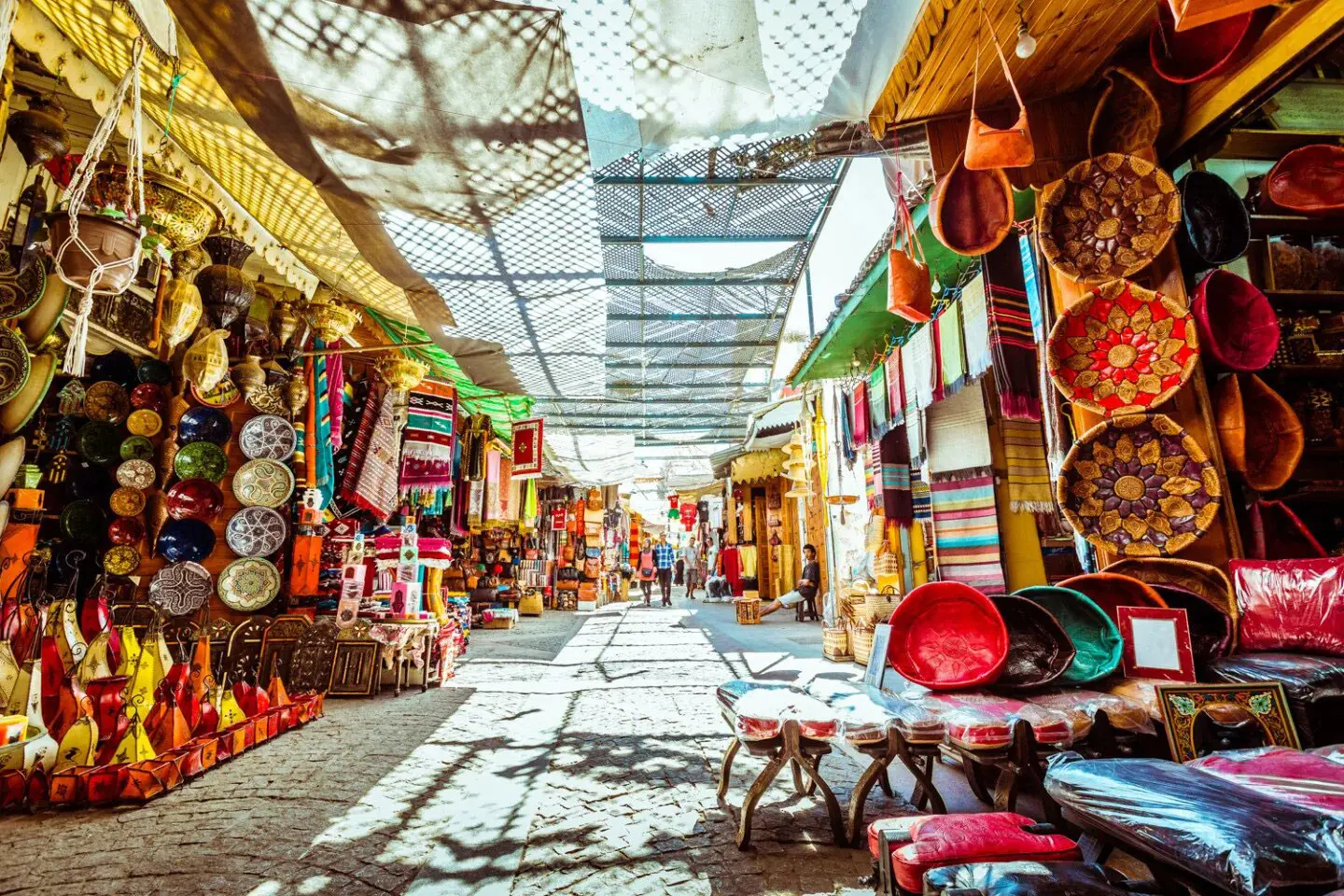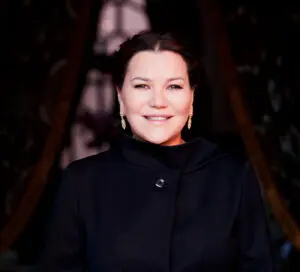Home RABAT: World Heritage The Médina
The Médina
Located near the Qasba des Oudaïa, the medina occupies 91 hectares between the cemetery of Laâlou (a buffer strip separating it from the Atlantic coast), the Almohad enclosure (to the west), the Andalusian wall (to the south) and Bouregreg (in the East). In its alleys and irregular dead ends, the traditional dwellings are grouped together in enclaved groups made up of islets grouped around large bourgeois residences whose blind walls leave nothing to guess at the interior architectural splendor of some of them. The Souiqa street (also called Souk as-Sabbat, literally “Street of shoes”) and the rue des Consuls are precious landmarks. The latter, traced at the time of the small ephemeral republic of Bouregreg (17th century) has preserved its charm of yesteryear. For centuries, it was the preferred artery of major traders and foreign delegations that made it their home until 1912. While most of the houses in the medina remain faithful to traditional architecture, several have a European style. The Mellah, the district where Jewish families traditionally concentrated, was located in the southwest.
The medina is home to real architectural treasures, synagogues, fondouks, mosques, zaouïas, fountains, hammams and ancestral homes of the great Rabat families, surrounded by borj, a Moorish enclosure and Almohad ramparts and gates.

